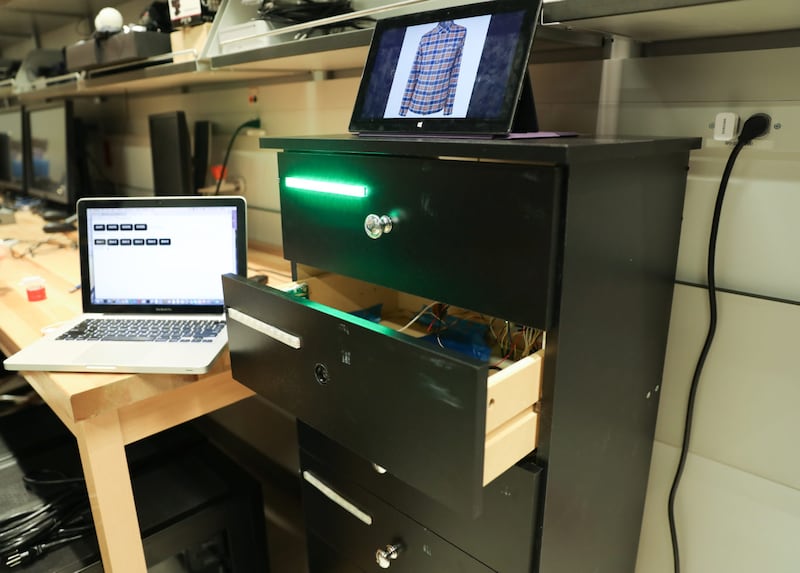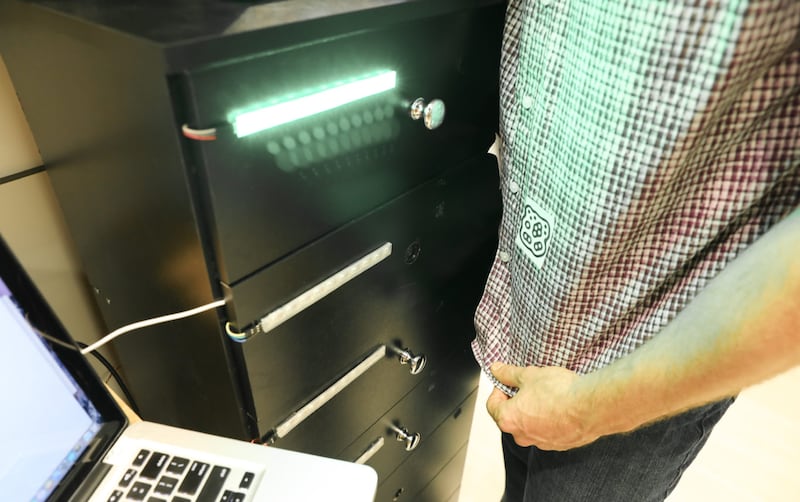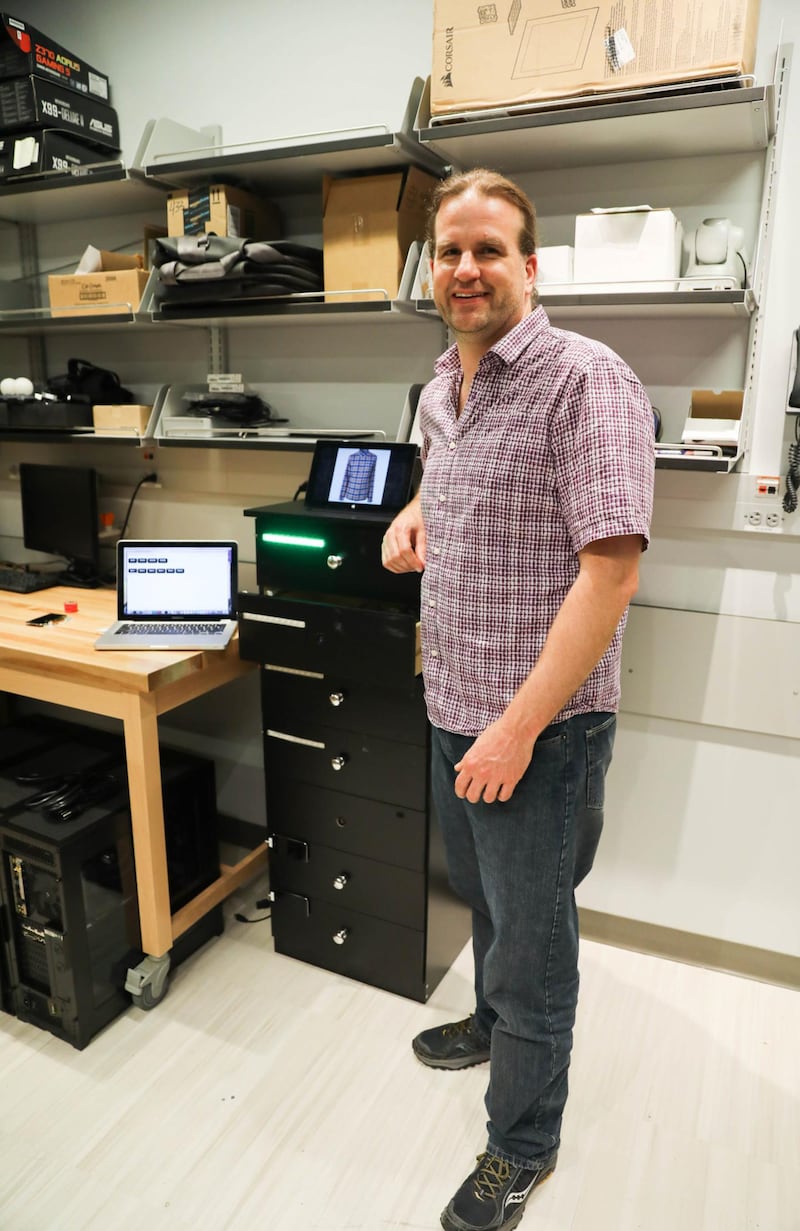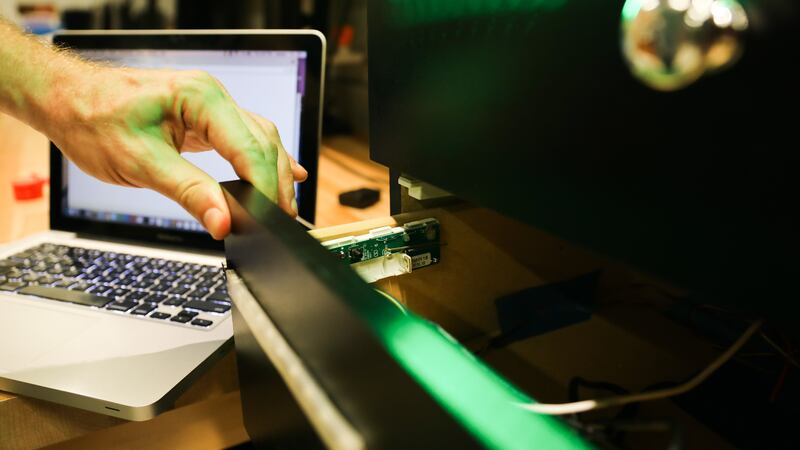A smart wardrobe that uses motion sensors and image recognition technology to help people with dementia dress themselves has been designed by researchers in the US.
The prototype furniture, called DRESS, aims to provide guided assistance to people with cognitive disorders without the need for a caregiver to be present in the room.
Described by the team from New York University as an “intelligent dressing system”, DRESS comes with a tablet, camera and motion sensors.
It uses a combination of sensors and image recognition systems to track progress during the dressing process.

DRESS contains five drawers, with clothes organised in such a way that there is one type of garment in each drawer. The garments have bar codes and are arranged in an order that follows an individual’s dressing preferences.
A bracelet with skin conductance sensor monitors the person’s stress levels.
When a person is ready to get dressed, the caregiver activates the DRESS system through a corresponding phone app, opening one drawer at a time.
If the person is able to put on an item of clothing correctly and scans the bar code, the system moves on to the next step.

The person receives audio instructions recorded in the caregiver’s voice.
If the system detects an increase in stress levels, it alerts the caregiver that help is needed.
And if it notices an error or lack of activity, there are audio prompts that offer encouragement and ways to correct the mistake.
Test cases showed that while the DRESS prototype was able to detect clothing orientation, position and the user’s current state of dressing, it was not able to consistently identify when the individual completed putting on an item of clothing.

Dr Winslow Burleson, associate professor at NYU Rory Meyers College of Nursing and the study’s lead author, said: “Our goal is to provide assistance for people with dementia to help them age in place more gracefully, while ideally giving the caregiver a break as the person dresses – with the assurance that the system will alert them when the dressing process is completed or prompt them if intervention is needed.
“The intent of the DRESS prototype is to integrate typical routines and humanised interactions, promote normalcy and safety, and allow for customisation to guide people with dementia through the dressing process.”
The team says the next step in their work is to improve the prototype’s reliability.
The research is published in the journal JMIR Medical Informatics.








